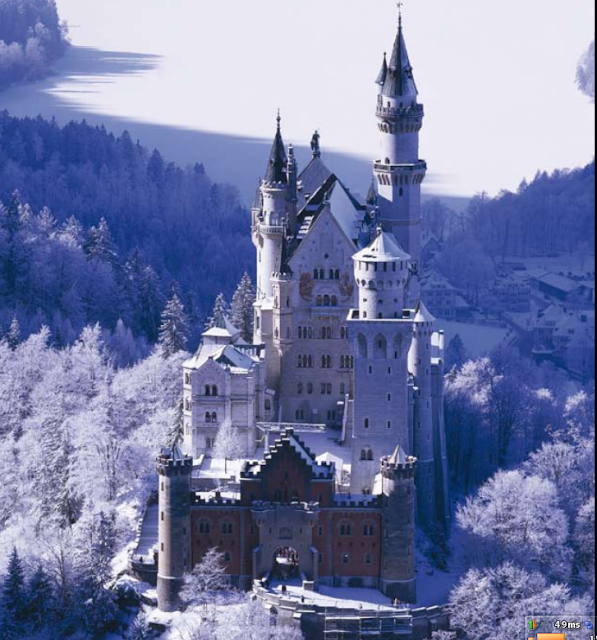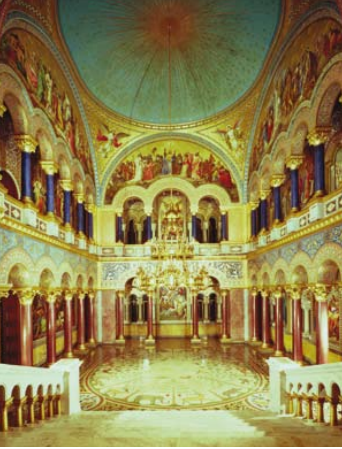Neuschwanstein Castle [Fussen Germay]
The mentally unstable King Ludwig II of Bavaria had a fascination with the Middle Ages and the music of Richard Wagner, and these interests were combined in the construction of Neuschwanstein, a mock castle in the Bavarian Alps. Ludwig’s obsession with a mythical past was given extra impetus after Bavaria’s defeat in the 1866 war with Prussia: Bavaria was absorbed into a Prussia-dominated Germany and was no longer a sovereign state. With no real function to perform as king, Ludwig became more of a recluse and retreated deeper into his fantasies.
Work began in 1869 on the Gateway Building, where Ludwig lived while the rest of the castle was being built. Although scenic, the mountain location of the castle presented many problems for the architectural and construction teams, who often had to work around the clock to meet Ludwig’s harsh demands. The exterior was largely complete by 1880, and Ludwig took possession of Neuschwanstein (New Swan Stone Castle) in 1884. The Gothic fantasy, based on ideas by the scene painter Christian Jank, was built in startling white limestone with loving care paid to medieval architectural detail. Within the castle, however, the latest technologies were employed to ensure Ludwig’s comfort, including central heating and running hot and cold water throughout the building. The interior featured paintings of the poet Tannhäuser, the swan knight Lohengrin and his father, and the grail king Parsifal-all of whom were represented in Wagner’s music.
Ludwig, who had increasingly sought refuge from reality, was deposed and drowned in mysterious circumstances in 1886. The castle-its interiors still unfinished-was taken over by the Bavarian state. The great beauty of its Alpine location and its many romantic associations make Neuschwanstein one of Germany’s most popular tourist destinations.
























0 comments:
Post a Comment